Knowing how to navigate your MyFitnessPal account is essential to seeing success while counting macros. Your settings need to be correctly set in order to ensure that nothing on the technical side of things will keep you from hitting your macros within range, and ultimately hinder your progress.
First of all, know that you aren’t required to use MyFitnessPal. We have some clients that use other macro tracking apps and get through the program just fine. We encourage using MyFitnessPal solely because of the large food entry data base.
“Is it worth it to purchase the paid version of MFP? What are the differences between the two versions of MFP? Can I be successful without the paid version?” These are the questions that women often have when they first jump in with us here at Stay Fit Mom. I aim to answer all of those questions for you right here, right now!
MFP costs $9.99/monthly or $49.99/annually (if you sign up on your destop instead of directly in the ap). You can save a little money if you choose to pay the annual fee one time, rather than the monthly fee. Second, it is important that you set up your MFP so that your coach can look at your food diary. To do this, go to your app and then your home screen, then more (the three dots in the bottom corner), then settings, then diary settings, then diary sharing. You want to make sure that “Friends Only” has a checkmark next to it.
Let’s talk about the differences between MFP Premium and the free version of MFP. First, Premium is ad free. Ads don’t seem to bother too many people while using MFP, but if you prefer a clean screen and a more customizable experience in general, Premium is the way to go. One of the biggest differences for macro users between Premium and the free version is that you can set up your macro goals by the exact gram if you have Premium. Click How to Import your Macro Goals into MyFitnessPal to watch a short video that explains the process.
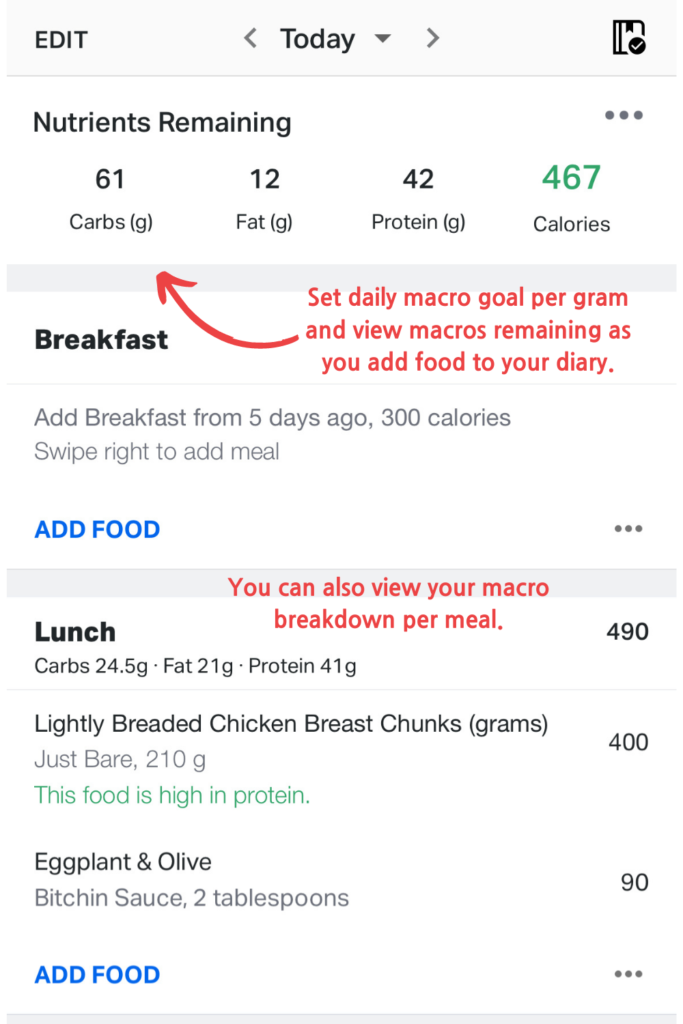
You cannot do this if you have the free version. If you have the free version, you can only set up your macro goals in 5% increments. So, you can only set your protein, carb and fat goal to be 25% of your day, 30%, 35%, 40%, and so on. This is an inconvenience, as your macro goals will be set to an exact gram by your coach. If you have the free version, you will have to look at your daily totals to know if you are in range or not. You will have to ignore it when MFP tries to tell you that you are above or below your macro goal based on a specific percentage, and only look at your daily totals in grams. Your goal will not be correct in the “Nutrition” screen, so you will need to remember what your macros are that your coach assigned to you, and not go off of what MFP is telling you your macro goals are.
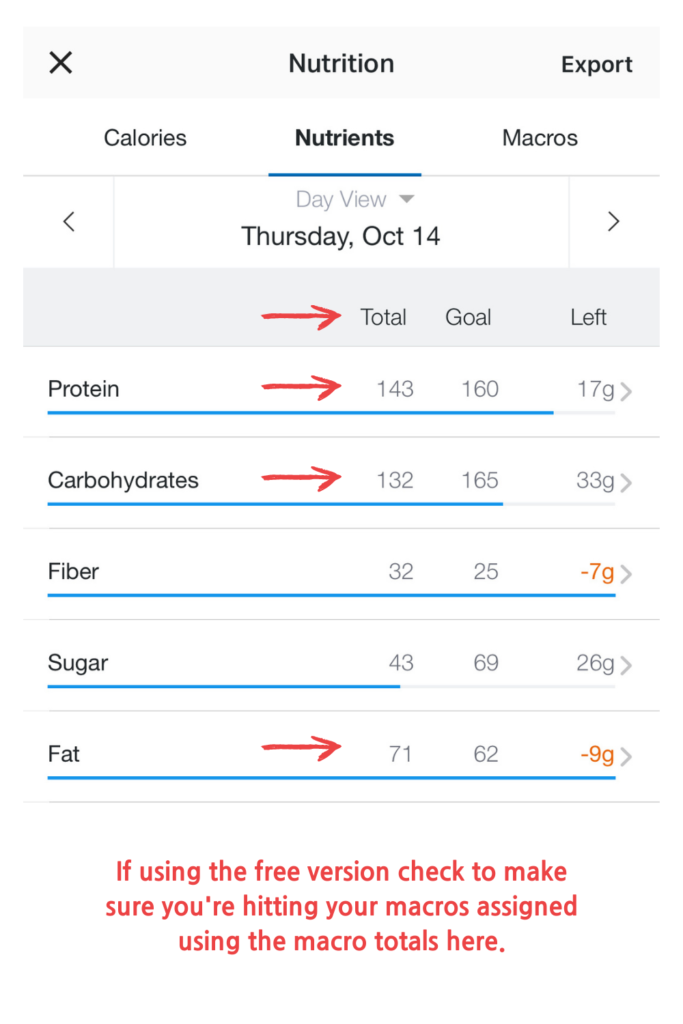
Another feature of Premium only: you can set a different macro goal for a certain day (or days) of the week. For most of us, this doesn’t apply, but it can be relevant for some clients. For example, a marathon runner who follows a training schedule may have days where the coach tells the client to consume more carbs than normal, due to a longer run that day. This is when this feature would be helpful. Or, a coach may assign different macros to a client who is cutting on a certain day of the week. This is what we refer to as a refeed day here at Stay Fit Mom. It is helpful to be able to program into your MFP when you will be eating macros that differ from your usual set of numbers (when instructed.) *NOTE: refeed days don’t typically apply for the average client.
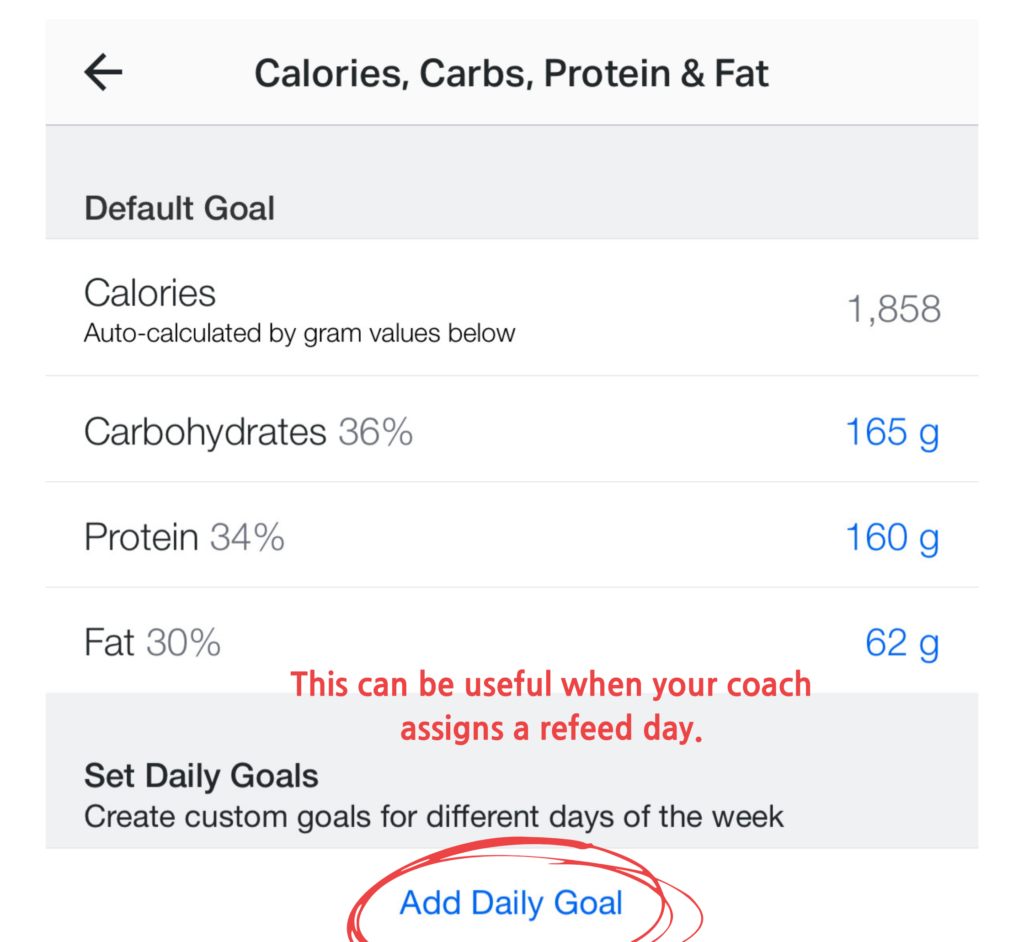
Using Premium, you can add food timestamps to meals, if you choose, so you can track when you are eating. I would venture to say that most of us don’t need this feature, but it is there if you have Premium. Premium also offers two new features called Recipe Discovery and Workout Discovery, where you can access new recipes that you can bookmark and log, and workout content put out by MyFitnessPal, which is great if you are looking for ideas and ways to mix it up. You can also export your data from MFP to your Google tracker (more on your tracker in a moment!) if you choose to! This is a more technical process and differs depending on what devices you are using for the export, so if you are interested, please read more on this at the following link: https://support.myfitnesspal.com/hc/en-us/articles/360032273352-Data-Export-FAQs.
Another huge difference between Premium and the free version of MFP is that if you have Premium, you are able to turn OFF the function that adds calories/macros to your daily macro goal according to how much physical activity/exercise you’ve done that day. You definitely want this feature turned off, because as coaches, we set your macro goal according to your overall level of physical activity and workout routine. In other words, we’ve already taken that information into account! There is no need for macros to change on a regular basis. The number one error we see as coaches when it comes to MyFitnessPal is that clients have not turned this feature off. This causes macro goals to become different from the goals that the coach has assigned. In order to turn off this feature, go to your MFP app and once you are in your Home screen, click “more” (the three dots in the bottom corner of your screen). Then click Goals, and then scroll to the bottom of the screen to Exercise Calories. Make sure that feature is set to “Off.” If you have the free version of MFP, you will not have the option to turn this feature off. You will need to ensure that your step/activity counter is completely off, and make sure that you are NOT recording workouts in MFP at all.
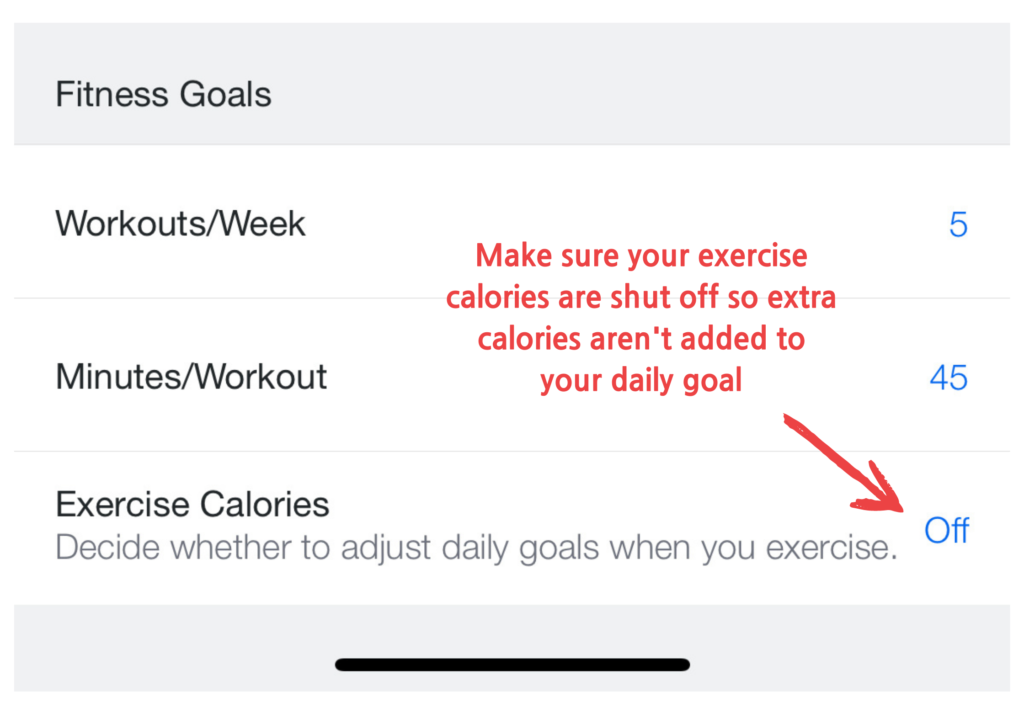
To turn off your step counter, go to Home, then more (bottom corner of the screen) then steps, and make sure “don’t track steps” is the option that has a check mark next to it. You cannot link your MFP to any devices or track steps if you don’t have Premium, or your daily goal will regularly get altered by MFP.
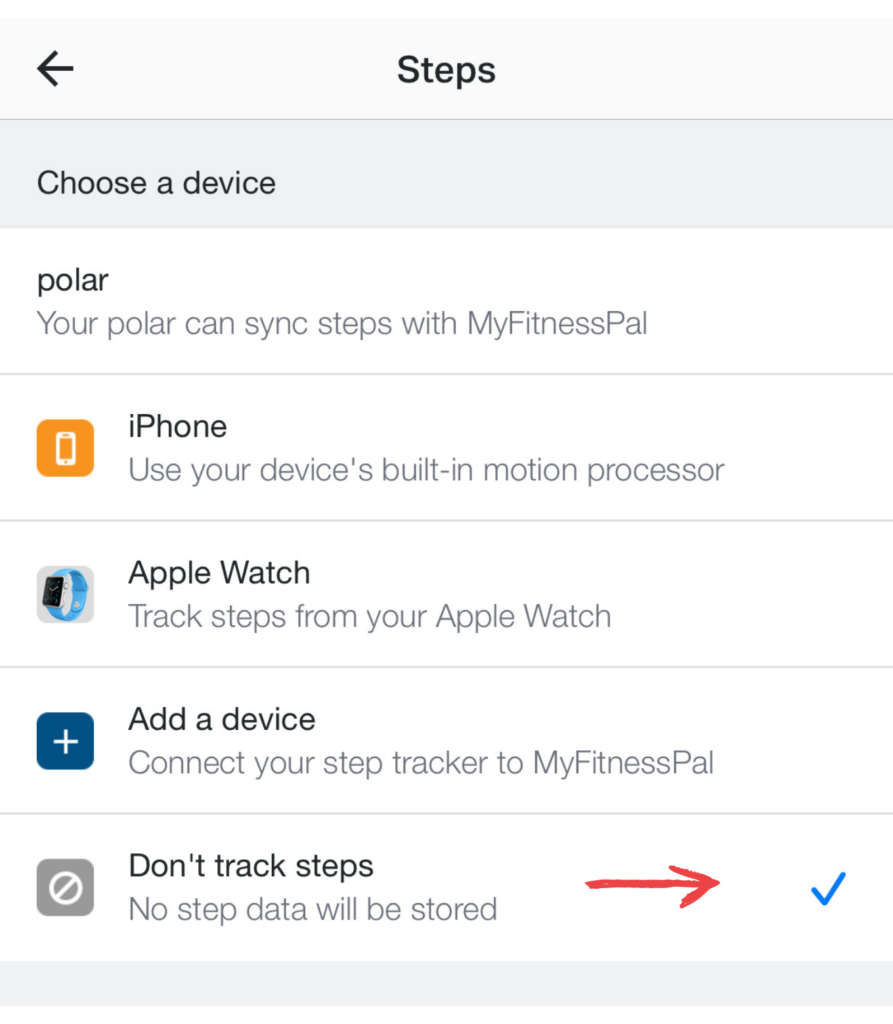
Those who use Premium will need to ensure that the Net Carbs feature is turned OFF. As coaches, we need to see your daily amount of carbs in grams as a whole. To do this, go to Home, then more, then settings, then diary settings, and then verify that the option that says “Track Net Carbs” is not highlighted green. If you don’t have Premium, this feature isn’t available, so you won’t need to worry about doing this.
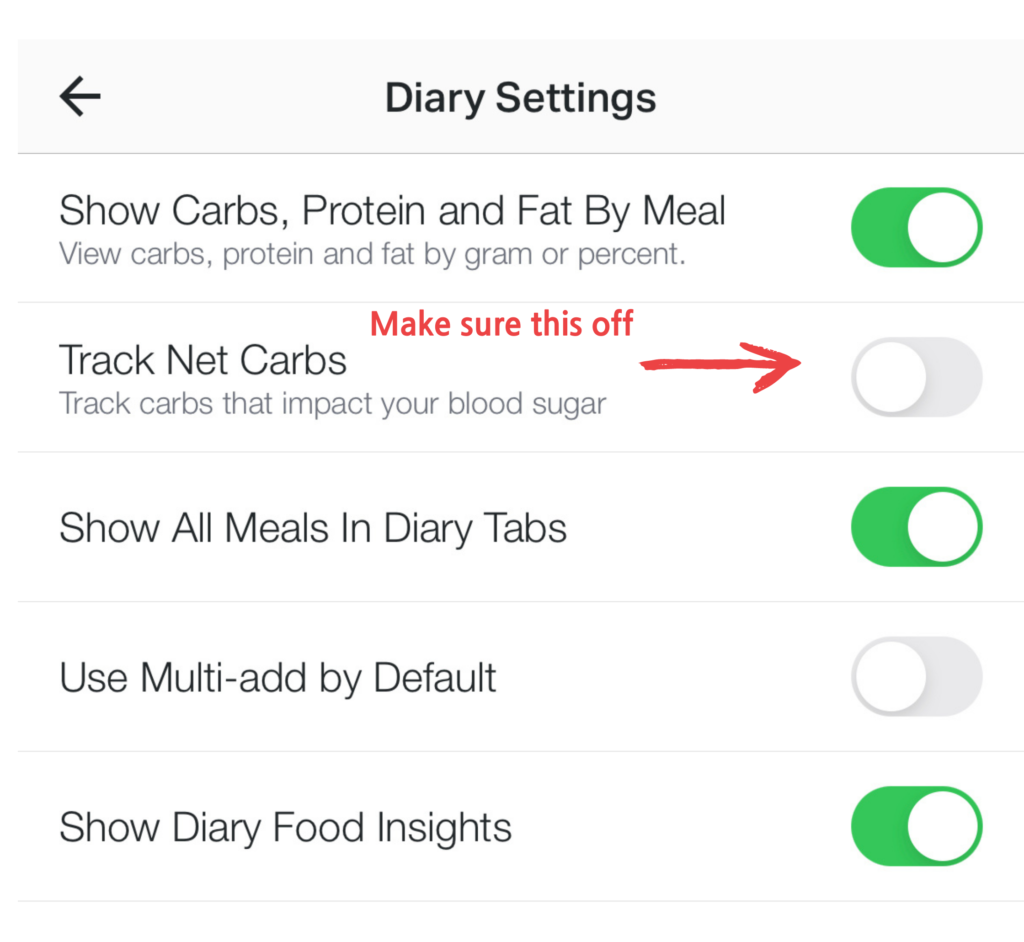
Do NOT track your weight or your exercise in MFP at all. MFP will alter your numbers if you do, especially if you have the free version of the app, because it is less customizable. Please know, MFP cannot accurately predict where your weight will be in a certain amount of time. MFP is not a thinking human brain, and it isn’t taking into account your biofeedback, or your unique body that makes you human. Don’t even put your weight into MFP at all. We ask you to weigh once a week and record it into your tracker, and that is all you should be doing.
It’s important to get used to using smaller and more precise portion sizes in MFP, such as grams, fl oz, mL, or oz. This is because measuring cups and teaspoons/tablespoons just aren’t accurate. Weighing in grams and other exact units of measurement will ensure that your portions are exactly what they need to be in order for you to reach your macro goals.
Finally, your MFP is your PLANNER. It is not used to track, it is used for planning out your day so that you can be successful at hitting your macros in range. It is important to plan out your day the night before for so many reasons. Watch this short video Inputting Your numbers the Night Before to learn more. This is the number one piece of advice that we give clients, and the number one factor that determines whether a client is successful or not. Planning ahead every single night will also help to ensure that no technical errors are taking place in MFP. Planning in MFP every night also ensures that your data regarding what you consumed that day can be seamlessly transferred to your tracker. There’s no guessing or wracking your brain, you only need to record what your MFP says you consumed. You will need to access your MFP several times throughout your day, especially when you are new to macro tracking. Interested in more information about how to build your meals to fit your macros, click How to Plan Meals to Fit Your Macros.
Now, let’s talk about your Google Tracker, the tracker that your coach sends to you at the start of your coaching with Stay Fit Mom. It follows you everywhere you go, and is KING when it comes to reporting accurate biofeedback to your coach. First and foremost, as coaches we are not looking at your MFP diary every day. Typically, we only look at your MFP if we see a red flag in your weekly check-in, tracker, or if you ask us to. We do not study your MFP like we do your tracker. This is why it’s important that accurate information is being recorded in your tracker, and that you are FULLY filling your tracker out. In order to easily access your tracker from your phone, download an app called Google “Sheets”. The thumbnail features a green spreadsheet, so that you can verify it’s the correct app. This will allow you to open your tracker in your phone throughout your day, add notes and save those notes right there on the spot. This will make your tracker much more accessible and not involve a desktop or laptop computer.
When you record your daily macro totals in your tracker, there is no need to do any fancy math, utilize negative or positive signs, etc. Just record your macro total as the exact number of protein, carbs and fat that you consumed that day in grams. The cell will then turn red or green, depending on if you were in range or not.
Ensure that you are recording data for every single category in your tracker. Each category is important and is there for a reason. As coaches, we need to know all of the necessary information to adjust numbers accordingly. The more data we have, the more accurately we can study your feedback and make necessary changes. Please note, we ask that our clients get two big servings of veggies a day. This is about 200 grams worth of veggies. Potatoes and corn do not count towards that goal. You can utilize ONE serving of greens powder towards that veggie goal, but only one. We definitely prefer that you actually eat your veggies. At the end of the day, remember that greens that you drink are a SUPPLEMENT. They are only meant to SUPPLEMENT an already high quality diet.
Please give us plenty of insight as to what type of workout you are doing, how long you are working out, intensity and recovery. It is so important that as coaches, you give us details so we know if you need to consume a little more, or a little less. For example, putting “walk” in your tracker is very vague. Was it a fast walk? How long did you walk for? How many miles? Did you go above your step goal of 7,000-10,000? All of those things are important. Not every walk constitutes a workout. We should be getting 7,000 to 10,000 steps a day, minimum. If you are walking but not meeting your step goal, us coaches would not consider that a workout. If you are doing an hour long yoga class but aren’t coming close to meeting your step goal, we may not count your yoga class as a true workout. This is why us coaches need plenty of data to study. The more data, the better! Keep in mind, that as coaches we adjust your macros according to YOUR activity level. We work with some clients that don’t exercise at all and they see great results. Your macros will just reflect the changes in your activity level week to week.
Even if you know you are NOT going to hit your numbers that day, tracking and recording can still be valuable. It’s important that as your coach, we want to see if you are exceeding your numbers or undereating on your off days, if you are always going over or under on fat or protein or carbs, if you are feeling crummy the next day (which you very well might), if you are hitting your water goal on your off days, if fiber is low, etc. Lack of data will hinder your coach from being able to help you and give you constructive suggestions and feedback. Overall, it also keeps us “in the dark,” as coaches. We need to know how you’re eating when you aren’t hitting that 7/7 adherence.
As coaches, we want you to put genuine thought into the notes that you are putting into your tracker for us to review. If you are “starving some days,” yet we look in their tracker we see that their hunger was rated a “3” all week long we see conflicting data. If hunger is high, that rating should be a “4” or “5.”
If you had alcohol, tell us you had alcohol and make sure that there is a “Y” in the alcohol category. Let us know how many ounces of caffeine you consumed, especially if it is a goal of yours to lessen caffeine intake. Honest biofeedback is SO important for your success. Finally, keep in mind that a “green day” is only achieved if protein, carbs and fat are all highlighted green, and if NO alcohol was consumed. The first goal should be to achieve more and more green in your tracker! Stick with us, and utilize your planner (MFP) and your tracker. With a little time and practice, you will become a tech savvy macro counter! Keep up the hard work, and happy tracking/planning!
Interested in macro nutrition coaching? Learn more about our program and get registered today!


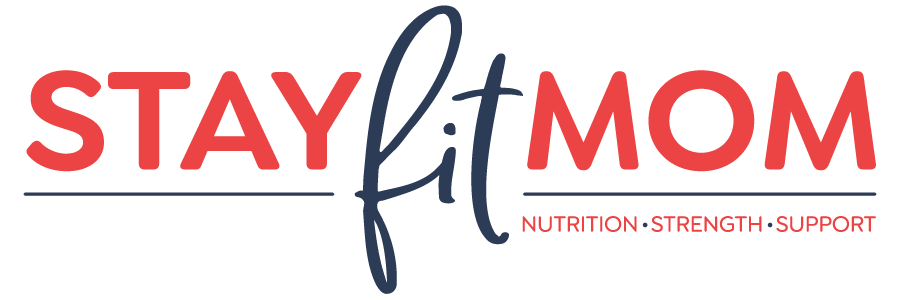
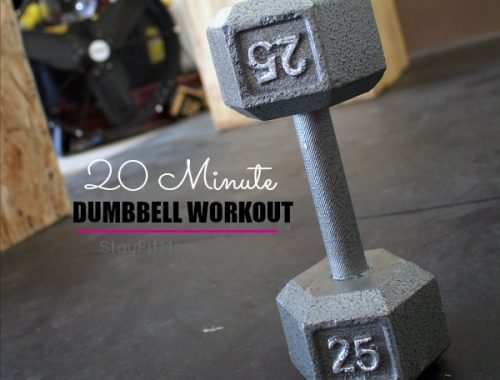


No Comments